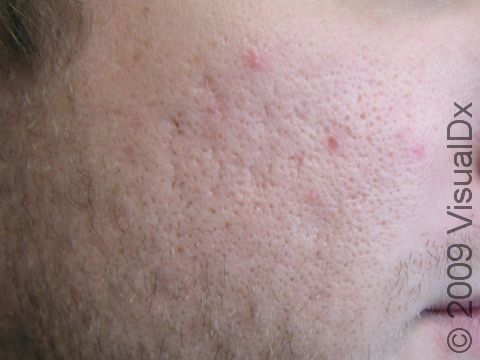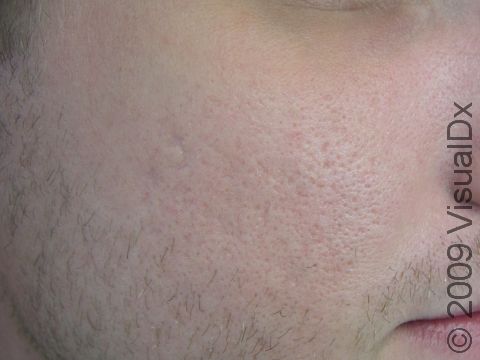Skin Renewal, Laser
Photorejuvenation, simply put, is the use of light (in laser or non-laser form) to make the skin look younger. Aged skin has wrinkles, brown spots, uneven texture, and sags due to gravity. The latest lasers tend to work very well for most age-related problems except for sagging skin and lines due to muscle expression. A bewildering variety of lasers claim to improve aged skin, and this overview will not be able to cover each in detail. Cost ranges from a few hundred dollars to several thousand dollars per treatment, depending on the technology.
Several general types of technology exist:
- Ablative with total skin resurfacing – The entire surface of the skin is peeled away.
- Fractional ablative laser resurfacing – Pinpoint laser beams peel away many small areas of skin.
- Fractional non-ablative laser resurfacing – Pinpoint laser beams that super-heat many small areas of skin leaving microscopic areas of skin intact.
Who's At Risk?
Results tend to be very good. A consultation is needed to determine what can be reasonably expected and which device is best utilized. The results are permanent; however, the skin will continue to age.
Signs & Symptoms
Prior to the treatment, it is always a good idea to use sun protection (sunblock and clothing) before and after any laser treatment.
What a session is like depends on the technology used. Before the treatment, the area will be cleaned to remove makeup, and numbing cream will be applied for 30–90 minutes. Immediately before laser treatment, the cream is removed and the skin prepared and cleaned. Once the treated area is identified and confirmed by the patient, eye protection is worn by every person in the room. A variety of eye protection may be used for patients including the following: metal-lined adhesive pads, goggles, or eye shields – either over or under the eyelid. Next, the doctor will program the machine with appropriate settings and pick up a handpiece. The handpiece is placed on the skin, and then either a trigger or foot pedal is used to fire the pulse of laser energy targeting a 1–3 cm area of skin. The sensation during treatment is very brief and is often described as a heated pin-prick for each laser pulse. Treatment times vary due to the size of the area to be treated and machine used, but a typical treatment takes approximately 20–40 minutes.
Self-Care Guidelines
Ablative laser total skin resurfacing requires 7–14 days of intense skin care with the patient usually unable to work or socialize during that time. A typical regimen is a combination of skin dressings, ointments, and diluted vinegar compresses applied around the clock. Antibiotic and antiviral pills are usually taken for 7–10 days. After 7–14 days, a moisturizing sunblock should be used for several months.
Ablative fractional laser treatment requires moderately intense skin care (often ointments and diluted vinegar compresses) for 2–3 days, as microscopic areas of bleeding can be seen. Afterwards, a moisturizing sunblock is recommended.
Non-ablative fractional laser treatment is much easier to care for. Typically, cold compresses should be used as needed. It is important to use sunblock on a daily basis. Swelling may be improved by elevating the head at nighttime.
Treatments
Many alternatives to laser skin renewal exist. Topical cosmeceuticals, microdermabrasion, and lunchtime chemical peels provide very mild improvement. Botulinum toxin (Botox®) can work very well to relax the over-expressive muscles leading to frown lines and crow’s feet. Injectable filling agents can improve wrinkles by filling in the depression. Deep chemical peels, true dermabrasion, and plasma resurfacing are all options that may improve the skin but require downtime and aftercare.
When to Seek Medical Care
The range of potential side effects is listed below.
Ablative:
- Redness
- Swelling
- Bleeding
- Oozing
- Crusting
- Infection
- Pain
- Skin color change (temporary or permanent)
- Acne flare
- Sensitive skin
- Scarring
Non-ablative:
- Redness
- Swelling
- Acne flare
- Blistering
- Skin color change (rarely permanent)
- Infection
- Scarring
Last modified on October 10th, 2022 at 8:45 pm

Not sure what to look for?
Try our new Rash and Skin Condition Finder

